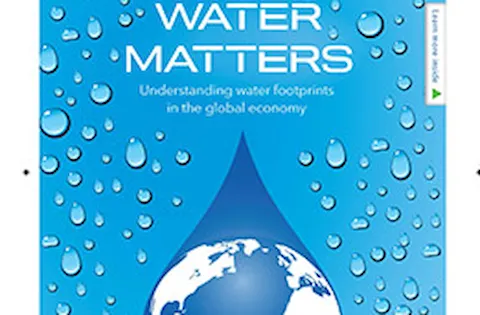Water management
Freshwater is a limited resource that your business depends on. Efficient water management contributes to your sustainable business performance. Understanding your water footprint is your starting point.
Freshwater is a limited resource that your business depends on. Efficient water management contributes to your sustainable business performance. Understanding your water footprint is your starting point.
A water footprint is a measure of the amount of water consumed or polluted in human activities. In our global economy, water footprints are exported and imported through traded products. Hence, water usage and water scarcity is both a local and a global
issue. A product consumed in North America may impact the water consumption and scarcity in South Africa. Companies as part of both local and global society must take responsibility for managing their water consumption in every link.
The water footprint of a company is the total volume of freshwater that is used to run and support that company. A water footprint is both direct and indirect. The direct water usage is the water that goes into the production and manufacturing of a product or service, while indirect water is used in the supply chain or in the use of a product. The total water footprint of a business must be seen in light of the suppliers. Your business’ water footprint consists of the water you and your suppliers use to manufacture the end products. Your most effective means for reducing your water footprint is to work with your partners in the supply chain.
Water is a necessity in all kinds of production, from food to electronics, and we all depend on access to water in our daily lives. With current water management practices, we will only have enough water to satisfy 60 percent of water demand in 2030.
By assessing the water footprint of your products and corporation, setting clear targets to reduce it, and paying special attention to those areas where problems of water scarcity and pollution are most critical, you can ensure that this essential resource is available now and into the future. By proactively reducing your water footprint, you can turn water into a competitive advantage.
We are leading the industry when it comes to water management services, and we can help you navigate unknown waters. DNV GL can support your organization through:

A short guide on sustainability

Understanding water footprints in the global economy.